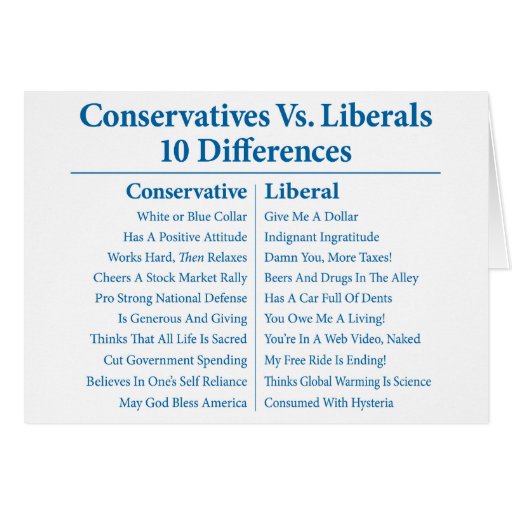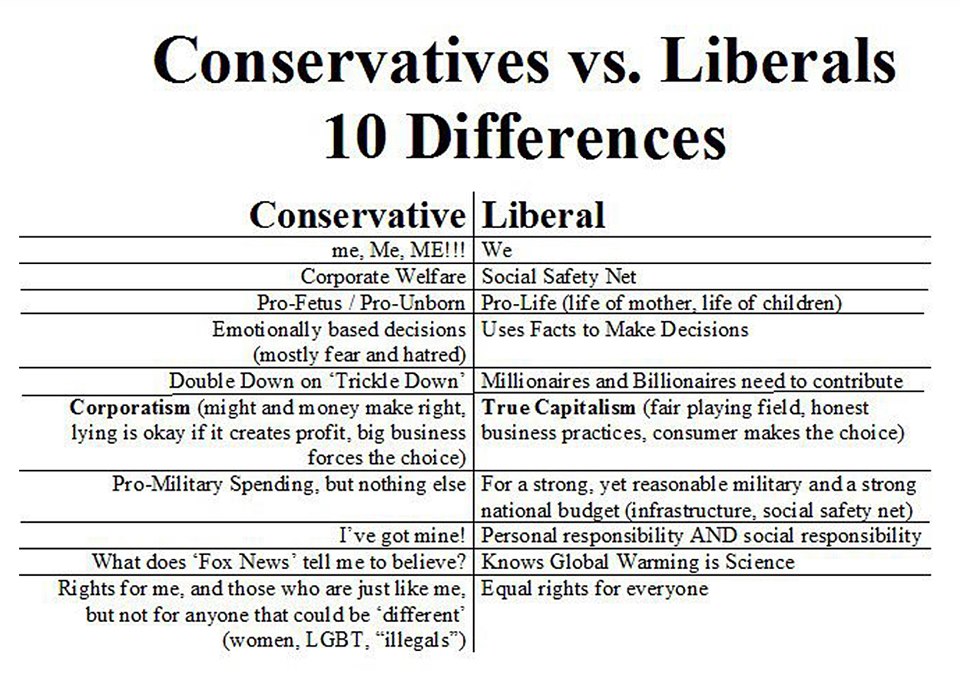My high school had a Presidential Politics class each presidential election year. In order to take the class, a student had to have a certain GPA and be taking AP classes. I think these requirements were just because they only offered one session of the class every four years. As luck would have it, I had a decent GPA and was taking AP classes and I got to take this course. It is probably the single course in my entire high school career that I refer back to the most. I learned so much in that class.
I decided that with Presidential hopefuls declaring candidacy for the 2016 Presidential election, I wanted to have the girls learn about each candidate. I thought creating a handy-dandy chart of the candidates would be a good way to keep the information organized.
I needed to give them more information than just charting candidates. They need to understand the role of the President and how the United States Constitution provides for a separation of powers. They need to understand how the electoral college works. They need to understand how Congress and the President are supposed to work together and why that is important. They need to think about the character of a great leader. They need to know about the ideologies of the political parties.
This will be a long process - we still have 20 months until the election! - but with Ted Cruz announcing his candidacy, I thought it was time to start. This will probably be something we do a little at a time and I am sure it will evolve over time. I am probably not covering everything necessary for this class, but since we are starting so early in the presidential election season that many of the things I have missed I believe will present themselves over the next 20 months and we can dig into them then. (Since I started writing this post, we have added Hillary Clinton and Rand Paul to our list of candidates).
We laid the ground work by refreshing ourselves on and/or learning about:
The girls learned about propaganda from the following images I found in my search for the political ideologies of the two main parties. We looked at these and I asked which party do you think created this propaganda. It was an interesting way to show how people in the party view themselves and view the other party:
Additionally, these articles were running on-line and getting attention by some of my friends on Facebook, so I shared them with the girls as another example of propaganda:
The headlines gave us all pause-is this true? Who did the study? Allie scoffed, didn't believe either but Piper was not so sure. It was investigated and this was a satirical piece. Anyone can write anything on the Internet. The girls learned the importance of digging deeper, checking sources.
At this point, about three weeks in, we have spent close to 20 hours on what I thought would be a 60 hour (or half high school credit course). Most candidates have not even declared candidacy yet. We will spend quite a bit of time perusing each candidate's website for information. I foresee us watching debates as well as the party nomination events...and I am certain a lot of other things will come up in this study, so it may end up being a full high school credit.
****I was asked a question in the comment section of my blog that was actually an impetus to us beginning this study. I feel that one of the big detriments to homeschooling is that sometimes children are only exposed to their parents' point of view on certain issues. I had an experience that I was grateful for, which made me realize how when we say things around our children, they pick up our feelings on things and take those feelings and beliefs as their own. I feel that I have a responsibility to my children to allow them to form their own opinions. There are certain values that Jason and I have set forth in our home, but as far as politics and even religion, we want to provide a foundation to allow our children to make their own decisions. When I present anything controversial, I try to present it without bias and to present BOTH sides. Sometimes, in the case of the civil rights movement or poverty, it might be a story. Other times, in a study like this, it would be articles written on both sides of an issue--or on ALL sides of an issue.
| Ted Cruz's website for his presidential campaign is not yet online. We will update his platform on key issues when it goes live. |
This will be a long process - we still have 20 months until the election! - but with Ted Cruz announcing his candidacy, I thought it was time to start. This will probably be something we do a little at a time and I am sure it will evolve over time. I am probably not covering everything necessary for this class, but since we are starting so early in the presidential election season that many of the things I have missed I believe will present themselves over the next 20 months and we can dig into them then. (Since I started writing this post, we have added Hillary Clinton and Rand Paul to our list of candidates).
We laid the ground work by refreshing ourselves on and/or learning about:
- The Three Branches of the US government
- How Senators and Representatives are elected, who ours are, what ours stand for
- What the US Constitution says about both who is eligible to run for President and the roles and limits for the office of President
- How the electoral college works
- Electoral vote versus Popular vote and this
- How a Bill becomes a law and this video and this poster; we also discussed "pork" and "filibuster" -- the girls love these words
- What makes a great leader - the girls researched this using a variety of websites and created a poster
- I recently purchased this lapbook: US Government Studies Lapbook by Knowledge Box
- And I am considering purchasing this one: Presidential Election Process 6th-12th grade lapbook by Knowledge Box
**The girls got a kick out of some of the terms--like Hopper for the box a bill is put in when it is introduced and "pork" referring to all the things politicians layer on a bill that has nothing to do with the bill. Gerrymandering was a another favorite. And of course, muckraking. We can't forget filibustering.
One of the things that I remembered from the class I took in high school was the fundamental differences between the two main parties -- Democrats spend on social programs whereas Republicans spend on military; Republicans are pro-business whereas Democrats are pro-worker. It was difficult to find information that did not pertain to specific issues on these topics or that was not slanted. Once I added the word 'ideology' to my search, I had to weed through a lot but found a couple that were helpful, if not exactly what I was looking for.
- Democrat vs. Republican
- Political Ideology Definitions - I printed this out and we took our time going down the list issue by issue. While I am not sure that the girls are old enough or have enough experience in life to have opinions or strong feelings toward one side or the other, I do want them to understand both of the two main political parties stances on topics. I think this is a much easier way to understand where the parties are coming from when they disagree about issues relating to the environment or civil rights or equal pay for equal work.
The girls learned about propaganda from the following images I found in my search for the political ideologies of the two main parties. We looked at these and I asked which party do you think created this propaganda. It was an interesting way to show how people in the party view themselves and view the other party:
- New Study Shows that Liberals Have Lower IQs than Conservatives
- Are Conservatives Dumber than Liberals?
The headlines gave us all pause-is this true? Who did the study? Allie scoffed, didn't believe either but Piper was not so sure. It was investigated and this was a satirical piece. Anyone can write anything on the Internet. The girls learned the importance of digging deeper, checking sources.
We also looked at this. Although it is from the UK, I found it interesting and pretty accurate in terms of American political ideology.
At this point, about three weeks in, we have spent close to 20 hours on what I thought would be a 60 hour (or half high school credit course). Most candidates have not even declared candidacy yet. We will spend quite a bit of time perusing each candidate's website for information. I foresee us watching debates as well as the party nomination events...and I am certain a lot of other things will come up in this study, so it may end up being a full high school credit.
****I was asked a question in the comment section of my blog that was actually an impetus to us beginning this study. I feel that one of the big detriments to homeschooling is that sometimes children are only exposed to their parents' point of view on certain issues. I had an experience that I was grateful for, which made me realize how when we say things around our children, they pick up our feelings on things and take those feelings and beliefs as their own. I feel that I have a responsibility to my children to allow them to form their own opinions. There are certain values that Jason and I have set forth in our home, but as far as politics and even religion, we want to provide a foundation to allow our children to make their own decisions. When I present anything controversial, I try to present it without bias and to present BOTH sides. Sometimes, in the case of the civil rights movement or poverty, it might be a story. Other times, in a study like this, it would be articles written on both sides of an issue--or on ALL sides of an issue.





